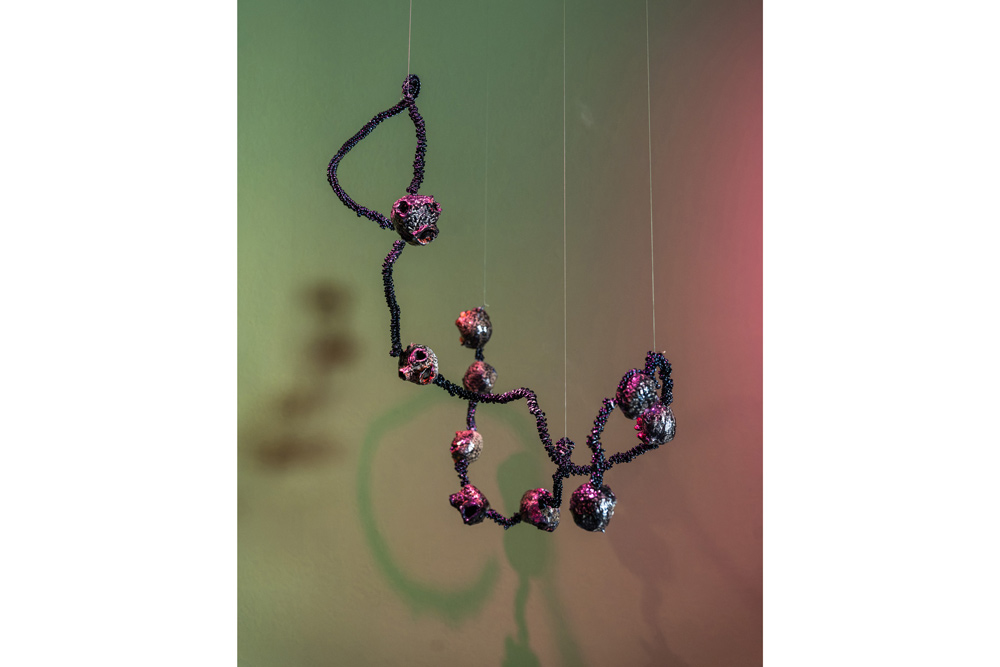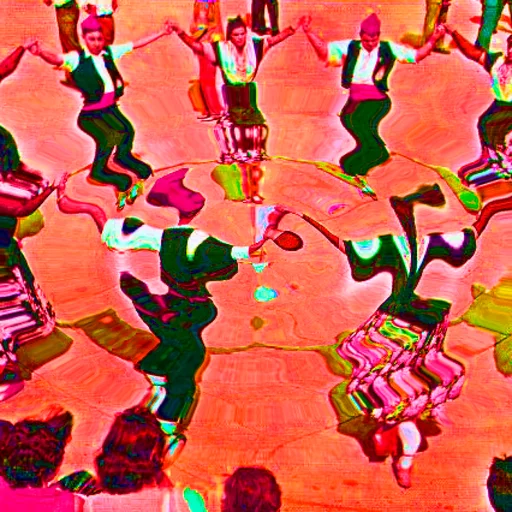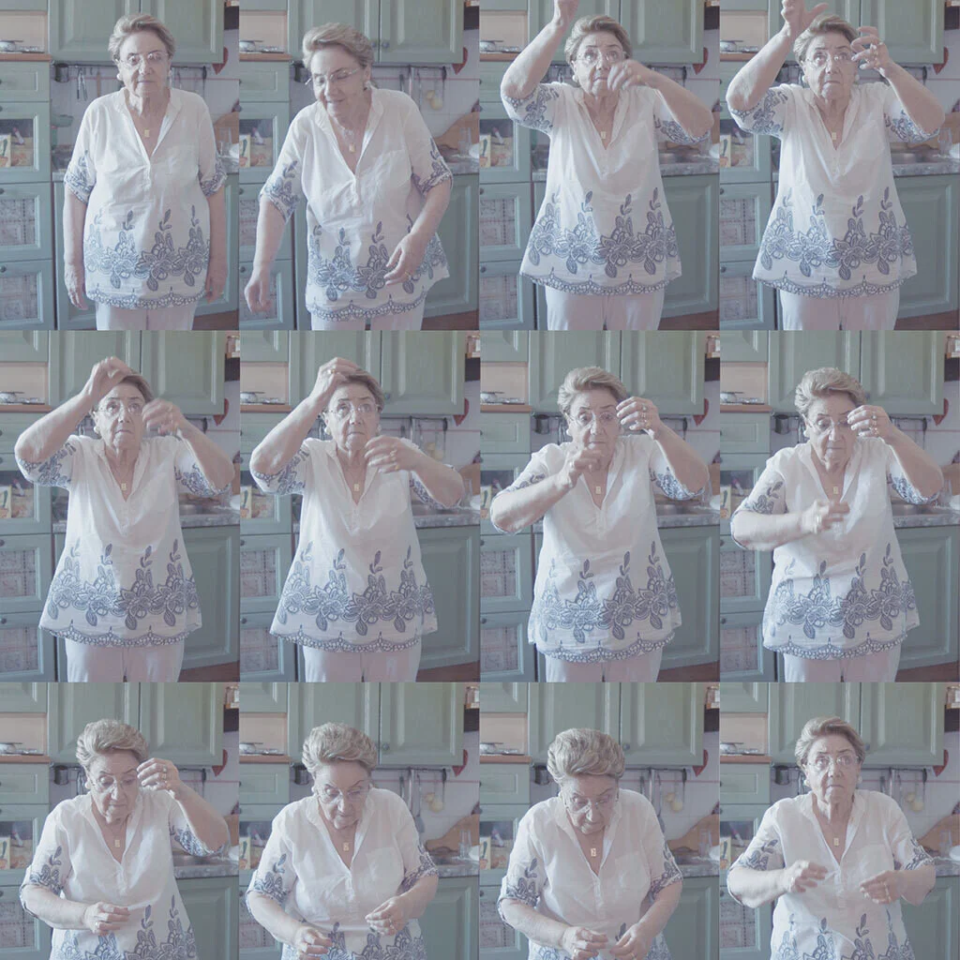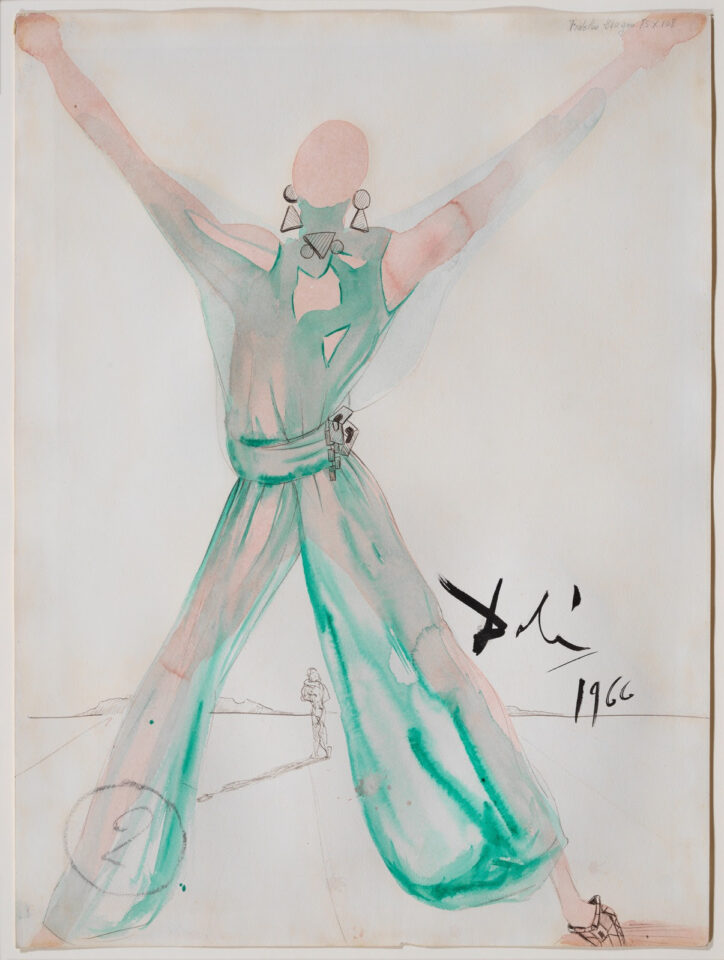BGW. A Spiral Ascent: Looking Back from the End. Raisa Maudit
Thursday sept 18th: 12 – 8pm
From 12pm: PRO opening
From 6pm: opening for all publics
Fiday sept 19th and Saturday 20th: 12 – 8pm
Sunday sept 21st: 11am – 3pm
A lava plume erupts from the surface, burning what lies in its path, creating new earth, new islands, sprawling territory. Molten mantle recedes into the earth when it hits resistance, seeking a softer exit from below. It leaves behind cavities carved out fire in rock, but it does not disappear, it opens fissures in other places, creating a tellurian network of untraceable hollows.
The autonomy of art was nothing more than a pretension of modernism, and today, we understand art not as timeless, but part of a moving contextual flux. A sculpture always reacts to its environment, to the constellation of elements that surround it in exhibitions, and to the viewers that move around it. Yet, it always retains a trace of its spatial and physical archive, creating wormholes between contexts, audiences, and ideas.
Raisa Maudit’s A Spiralling Ascent: Looking Back From the End, curated by Martí Manen, took place from June to October of 2024 at the Virreina Center in Barcelona. There, a conceptual configuration of sculpture, image, and video created a trans-temporal lapse into the 12th century underground communities of religious and sexual dissidents called the Beguines. This underground proto-feminist community refused to marry and encouraged literacy by creating and reproducing text outside of the confines of moralistic medieval society. Their story does not end in the Virreina, but spirals outwards into the world creating further layers and gestures of meaning, seeping into our rapidly changing world. Maudit’s work sets out to create a new code for the possibility of breaks in hegemonic dogma, leakages into our hygienically contained environments defined by digital surveillance and democratic rollbacks. The works penetrate the rigidity of institutions through their ethos of subversive fluidity, catalyzing an expanding rifts through the elaborate fabric of the art system. From the Virreina, the symbols of the Beguines spread through Barcelona to the space of House of Chappaz, which sends it further through a wormhole to Paris internationale areas connected through the tangible threads of international personal relations and their subterranean spaces. Two sculptures of Beguines imply each other, one becomes a multitude, and a portal is opened between the two standing gateways of prohibited knowledge. These portals lay bare the social connections that always hang invisibly taut around intellectual, economic, cultural, and institutional relations. Corporeality is intimately connected to geology and the origin of the work itself. Maudit is able to transport herself through time and space through the existence of deep subterranean tunnels that burrow through the entrails of earth. The works strongly reference the geological philosophy of volcanic terrain as mechanised kinetic sculptures gyrate over piles of pumice stone, as priests pour holy water onto the funneling infernoes of lava floes, and the petrification of elongated hands that seems to have instantly frozen like the buried citizens of Pompeii. The wormholes inevitably lead to the island of La Palma and the mentality of volcanic inhabitants who live with a breathing landscape that is in a constant state of creation and destruction, of a layered geological archive of coded, overwritten stone.
It is this instinct for tropical jouissance simultaneous to the necessity of dark cavernous survival that elicits the ethos of underground dissent. A political rupture that is always heard but never seen, one that moves through underground burrows and scratches the surface in Flanders, in Barcelona, in Paris, but disappears before being caught. The Beguines left their mark of resistance across Europe, from Germany to communities in Catalonia yet they remain unknown retracting from society, into the earth, in sufficient time to cover their surveilled traces.
– Àngels Miralda, critic and curator




